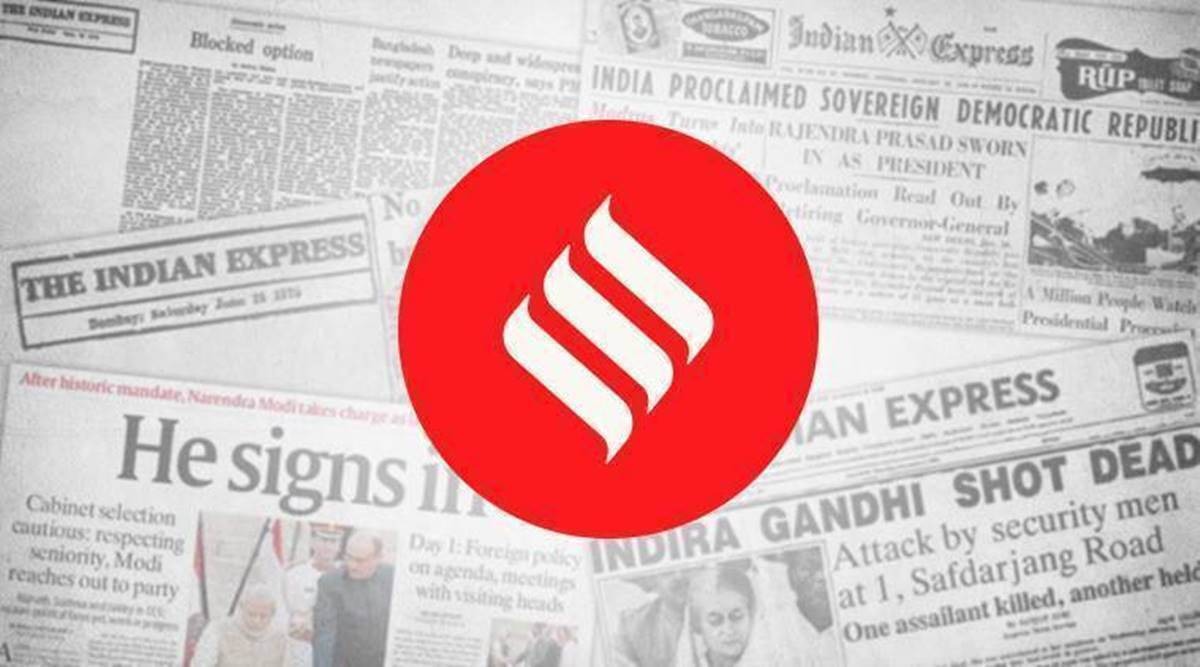 Even before 2020, there were movements in Kyoto against “tourism pollution”.
Even before 2020, there were movements in Kyoto against “tourism pollution”. Kyoto’s woes seem tragically commonplace in the Covid-19 era: In 2019, the year before the pandemic struck, Kyoto received about 8 million visitors. In 2021, the number of tourists shrunk to less than 2,50,000 — an over 99 per cent drop. Without the tourist spending, Mayor Daisaku Kadokawa has warned that the Japanese town could face bankruptcy within the decade. Yet, the residents of Kyoto are divided over the recent developments. For many, the escape from tourists has come as a welcome respite.
Even before 2020, there were movements in Kyoto against “tourism pollution”. Rich, entitled foreigners — most visitors are well-heeled considering how expensive Japan is — insisted on taking selfies with locals, many of whom just wanted to enjoy a quiet cup of tea sans interruptions. Restaurateurs had to deal with ill-mannered tourists who didn’t show up after reserving half the place for a large party. The public transport system was unable to support the influx of joyriders, making the commute to work all that more difficult. And perhaps most irritating of all, as devotees made the long climb up to the Kiyomizu-dera Buddhist temple, buses and vans full of “loud Americans” would already have beaten them to it, piercing the calm.
Kyoto’s harried denizens will probably find sympathetic ears in Nainital and Darjeeling, Goa and Ooty. For all the inherent hospitality in many cultures — there are versions of “atithi daivo bhava” across Asia and beyond — there is something irritating about the loud entitlement of the paying customer, believing as he does that he is always right. Not getting a table at your favourite hometown restaurant and finding a hillside or beach littered with Kurkure packets only makes matters worse. But, for better or worse, when people circulate, so does money. And the t-shirt seller and street food vendor in Kyoto need that cash almost as much as their counterparts in Kanyakumari.
- The Indian Express website has been rated GREEN for its credibility and trustworthiness by Newsguard, a global service that rates news sources for their journalistic standards.

